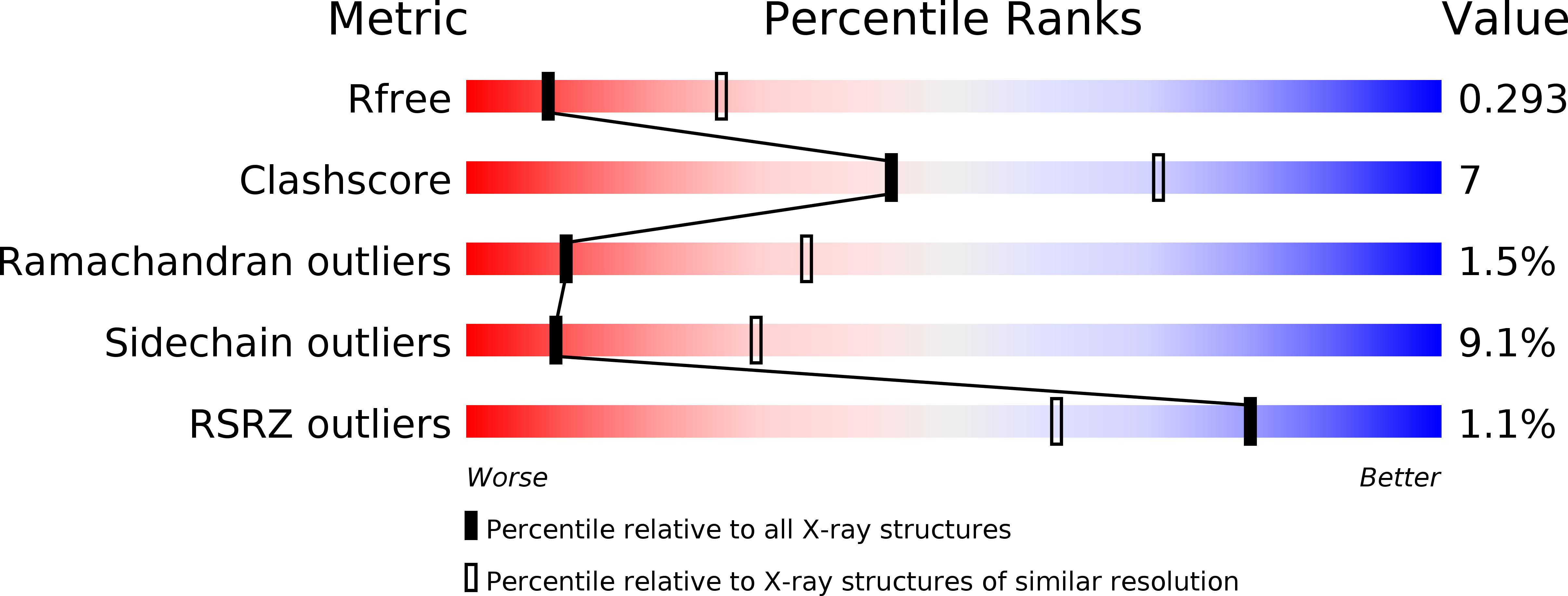
Deposition Date
2017-02-21
Release Date
2017-10-18
Last Version Date
2024-10-16
Entry Detail
PDB ID:
5UWD
Keywords:
Title:
Crystal structure of EGFR kinase domain (L858R, T790M, V948R) in complex with the covalent inhibitor CO-1686
Biological Source:
Source Organism:
Homo sapiens (Taxon ID: 9606)
Host Organism:
Method Details:
Experimental Method:
Resolution:
3.06 Å
R-Value Free:
0.28
R-Value Work:
0.21
R-Value Observed:
0.21
Space Group:
P 61 2 2


